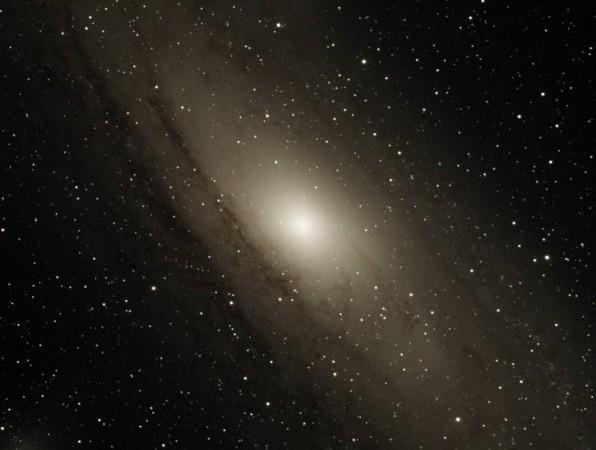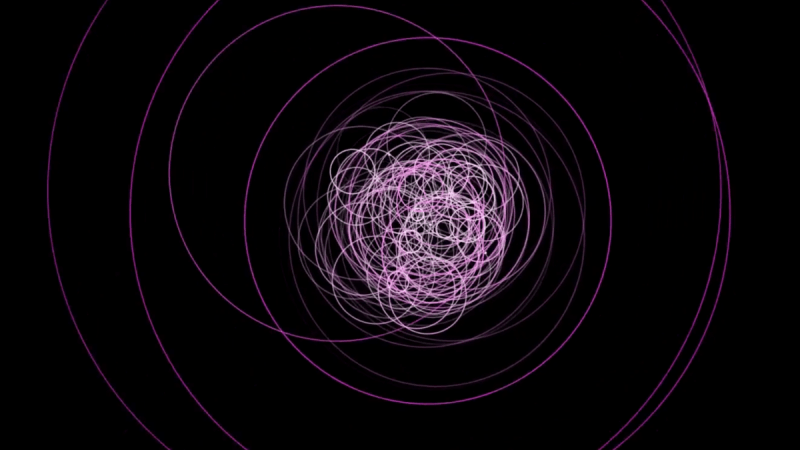An international team of researchers has observed a gamma-ray burst with an afterglow that featured the highest energy photons - a trillion times more energetic than visible light - ever detected in a burst. "This very high energy emission had been previously predicted in theoretical studies but never before directly observed," said one of the researchers Alexander van der Horst, Assistant Professor of Physics at George Washington University in the US.

Gamma-ray bursts are the most powerful explosions in the cosmos. These explosive events last a fraction of a second to several minutes and emit the same amount of gamma rays as all the stars in the universe combined. Such extreme amounts of energy can only be released during catastrophic events like the death of a very massive star, or the merging of two compact stars, and are accompanied by an afterglow of light over a broad range of energies that fades with time.
It has been decades since the discovery of the first gamma-ray burst, yet some of their fundamental traits remain unclear. The new discovery published in the journal Nature can help scientists understand the physical processes at work during these events. "After over 45 years of observing GRBs (gamma-ray bursts), we just confirmed the existence of yet another unknown component in their afterglows, which increases the gamma-ray burst overall energy budget dramatically," said Chryssa Kouveliotou, Professor of Physics at GW.

On January 14, 2019, researchers detected a burst labeled GRB 190114C. The discovery triggered an extensive campaign of observations across the electromagnetic spectrum using more than 20 observatories and instruments around the world. Follow-up observations were also made with NASA's Hubble Space Telescope to study the environment around the GRB and find out how this extreme emission is produced.
This collaborative effort allowed an international team to gather an unprecedented level of information about GRB 190114C, capturing the evolution of the gamma-ray burst afterglow emission across 17 orders of magnitude in energy. As part of the joint efforts, van der Horst and Kouveliotou were part of a subteam responsible for tracking the emission of radio waves in the afterglow of GRB 190114C.
MeerKAT radio telescope
The team used the new MeerKAT radio telescope in South Africa to record the emission, which is at the opposite end of the spectrum compared to very high energy gamma rays. GRB 190114C is unique in that researchers were able to observe photons with teraelectronvolt (TeV) energies for the first time in its afterglow emission.
Using the MAGIC Collaboration telescopes in La Palma, Spain, researchers noticed this emission of TeV photons was 100 times more intense than the brightest known steady source at TeV energies, the Crab Nebula. The researchers noted that the shape of the observed spectrum of afterglow light was indicative of an emission process called inverse Compton emission. This event supports the possibility that inverse Compton emission is commonly produced in gamma-ray bursts.

















